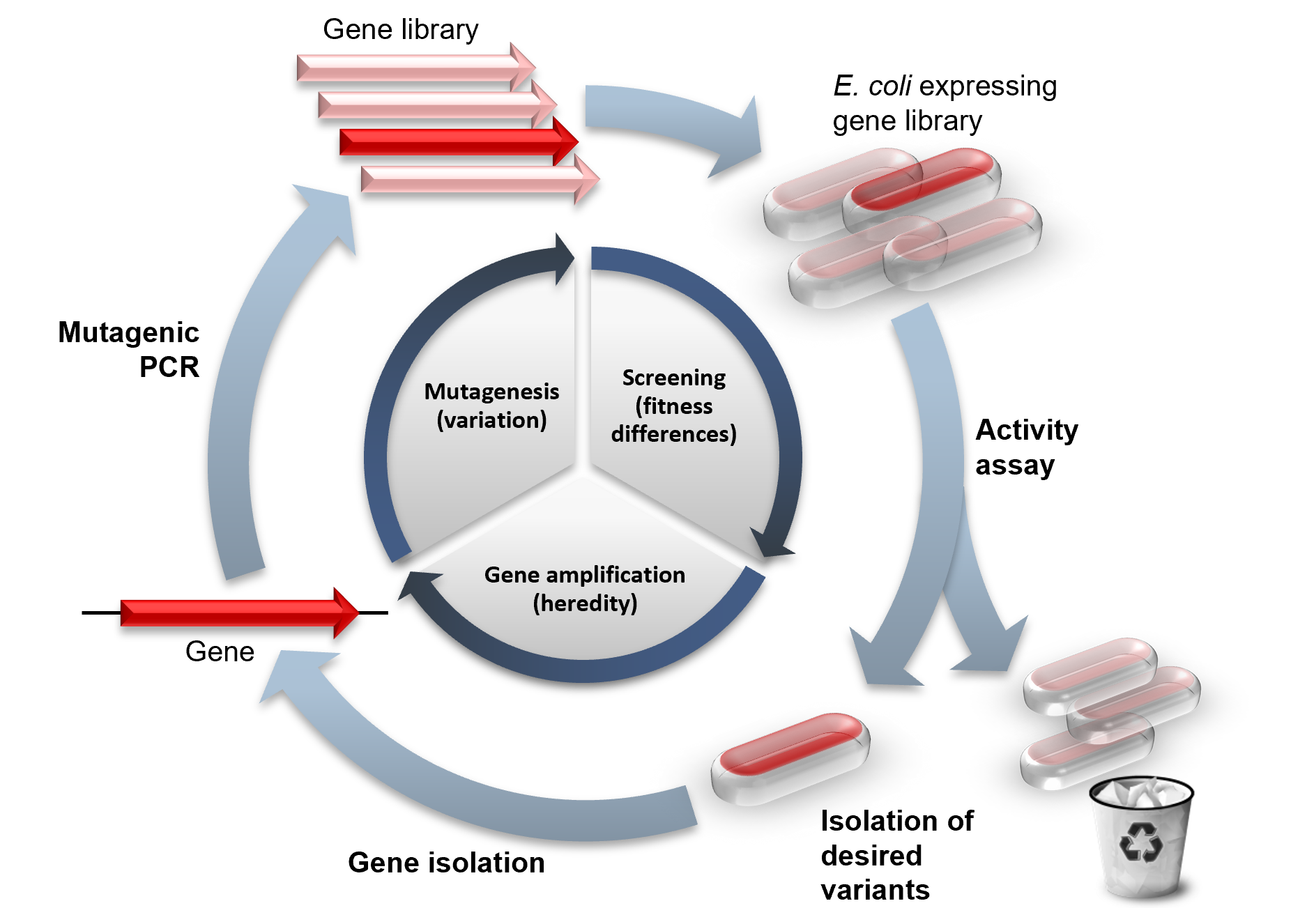This year the Millennium Technology Prize was received by Frances Arnold for the development of the direct evolution technique, an approach that allows to evolve in vitro enzymes mimicking the process of natural evolution, and select mutants with desired properties. Read here the details of the prize. This is a great news. I am not an expert of the field but along the years I enjoyed the work of F. Arnold focusing on the design of thermostable enzymes. Too many articles to refer to, so it is easier to get a look here at the long publication list of the author.
Wednesday, May 25, 2016
Friday, May 20, 2016
Temperature spectrum of life
I have recently received communication of a new manuscript appeared in PLOS One, "The Biokinetic Spectrum for Temperature" by R. Corkrey and coworkers at the Univ. of Tasmania [see here]. The authors reconstructed the spectrum of temperatures where living organisms thrive, better, and more precisely, the authors reconstructed the distribution of temperature-dependent specific growth rate for life on Earth. The distribution shows a first peak centred at about 40 °C followed by a second one at higher temperature, 67 °C. Between the two peaks, a gap mirroring the separation between mesophilic and thermophilic species. The authors relate the biokinetic spectrum to the thermal stability of the underlying molecular machinery (proteins) sustaining the organisms metabolism. This is an intriguing contribution to understand the relationship among protein evolution and life adaptation in different thermodynamic environment. Enjoy it.
Tuesday, March 8, 2016
Corresponding state hypothesis along the GTPase cycle in homologues
Marina Katava et al. have tracked the effect of substrate binding on the conformational flexibilities of two homologous GTPase domains of different stability contents by mimicking the catalytic cycle. The notable finding is that for the hyperthermophilic specie only at its high working temperature the release of entropy in the domain upon the hydrolysis of the GTP molecule matches that of the mesophilic domain at ambient condition. This was probed following several functional modes of the protein considered important for signalling propagation upon reaction as well as for the allosteric activation. It was also confirmed that the key region ensuring the flexibility for the conformational change upon catalysis (the switch I region) is also the weakest part in the mesophilic domain, confirming a sort of stability/function trade-off. You can enjoy the paper here.
Monday, February 1, 2016
Kinetic extreme stability
I was recently attracted by a paper in PNAS, "Designed protein reveals structural determinants of extreme kinetics stability", see paper here. Generally, when thinking to protein stability my first vision relates to the stability curve measuring the free energy difference between the folded and unfolded states as it changes with temperature. This is stability in thermodynamic sense. And this means, for example, in a probabilistic perspective, how many folded proteins are found at a given thermodynamic condition in a solution, and assuming that all the possible states (folded and unfolded) are sampled. But, one protein can survive in its folded state just because the barrier separating it to the unfolded floppy configuration is too high. This is the case for example for the protein a-lytic protease, that is really kinetically stable although the unfolded state is lower in energy. The authors, by de nove design constructed a protein which is at once thermodynamically and kinetically stable. The protein is named ThreeFoil and is a repeat of three peptide domains with both alpha and beta secondary structures. The interesting part of the paper is the correlation found among the extreme kinetic stability and some metrics describing the relative contacts between the amino-acids in the structure (absolute contact order, ACO, and long-range order, LRO) which in turn account for the possibility to have unfolding event highly cooperative.
| From the article in PNAS (PNAS 2015 112 (47) 14605-14610) |
Subscribe to:
Posts (Atom)

